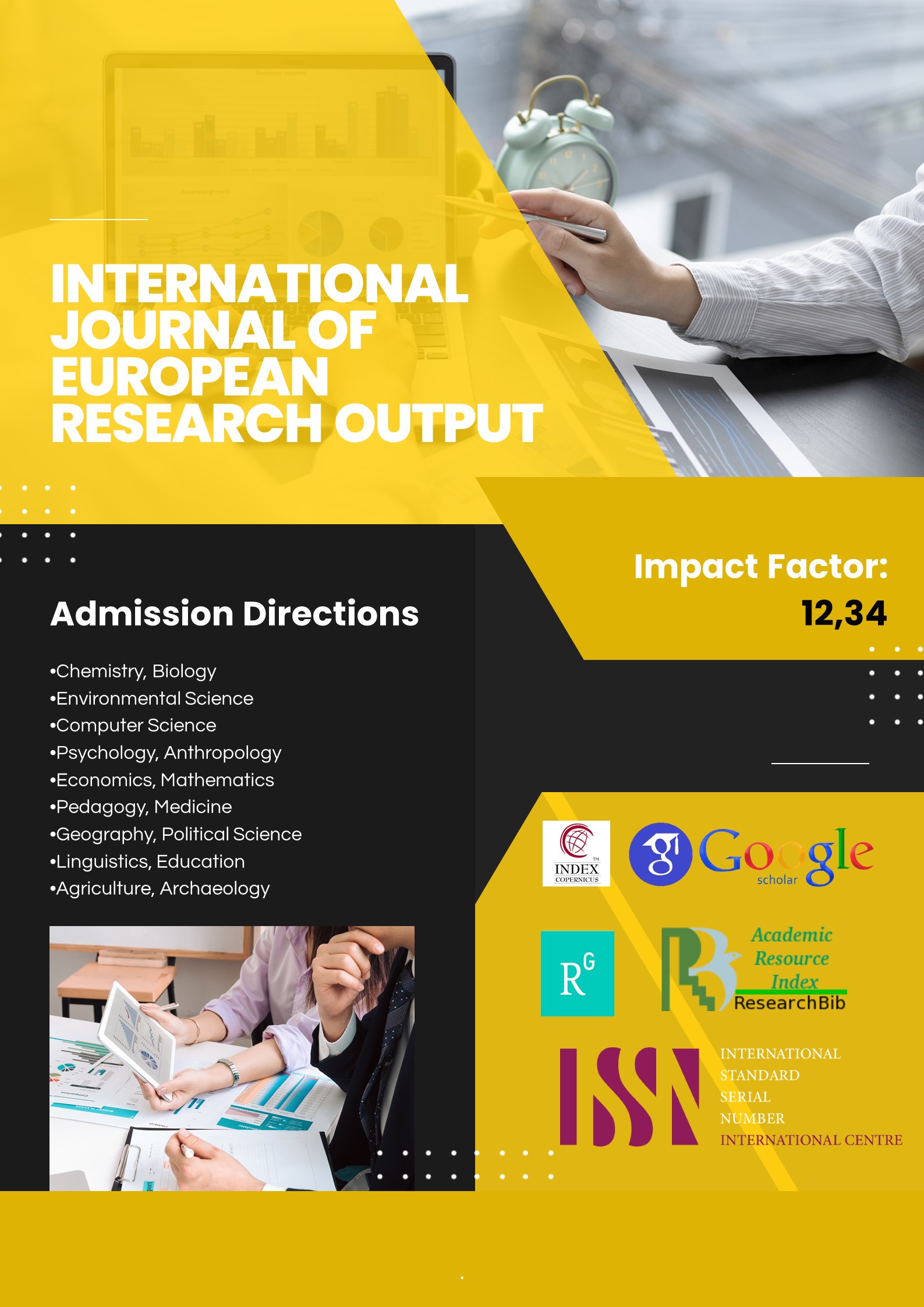DIDACTIC OPPORTUNITIES FOR DEVELOPING FINANCIAL LITERACY IN FUTURE ECONOMICS DURING ENGLISH TEACHING
Main Article Content
Abstract
This article will study the didactic possibilities of forming financial literacy for future economists in the process of teaching English. In the context of Global economic integration, the need to master economic knowledge through a foreign language is increasing. Therefore, it is of urgent importance to focus English lessons not only on language learning, but also on the development of students ' Economic Thinking. The article will cover the use of financial terminology, the choice of topics in an economic context, interactive methods and the role of multifunctional tasks. In addition, the possibilities of developing professional competencies of students are analyzed by ensuring the integration of language and economic knowledge.
Article Details
References
Karimova, D. (2020). The role of a foreign language in teaching economic subjects. Tashkent: Economics Publishing House.
Akhmedova, N. (2021). Language and content integration in vocational education: theory and practice. Tashkent: Ilm ziya.
Krashen, S. (1985). The Input Hypothesis: Issues and Implications. London: Longman.
Brinton, D., Snow, M., & Wesche, M. (2003). Content-Based Second Language Instruction. Michigan: University of Michigan Press.
OECD (2016). OECD/INFE International Survey of Adult Financial Literacy Competencies. OECD Publishing.
https://www.oecd.org/finance/oecd-infe-survey-adult-financial-literacy-competencies.htm
Coyle, D., Hood, P., & Marsh, D. (2010). CLIL: Content and Language Integrated Learning. Cambridge: Cambridge University Press.
Nurmatova, G. (2022). “The effectiveness of using interactive methods in developing financial literacy of future economists.” Pedagogical Education, 1(4), 88–93.
European Commission. (2015). Financial Education for Youth.
